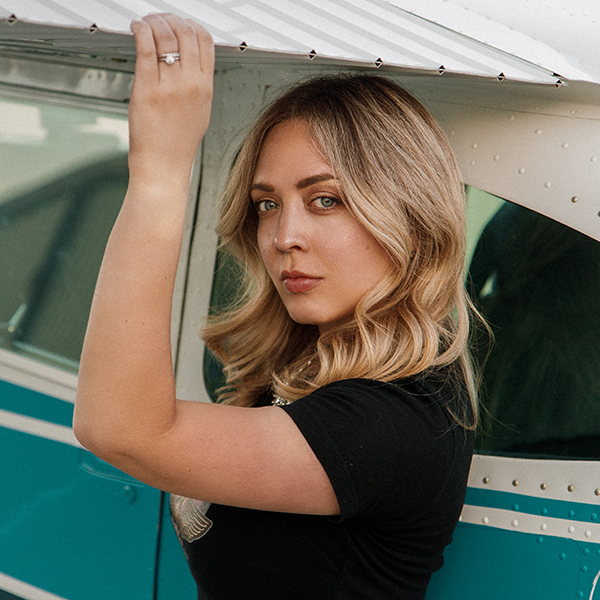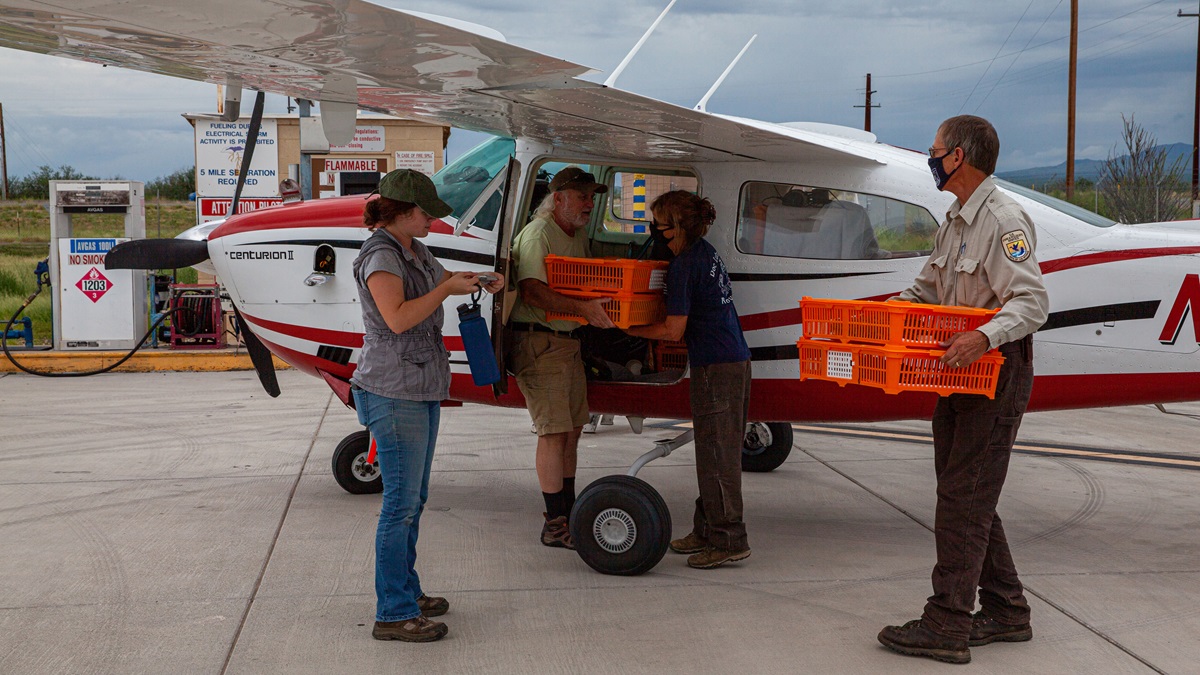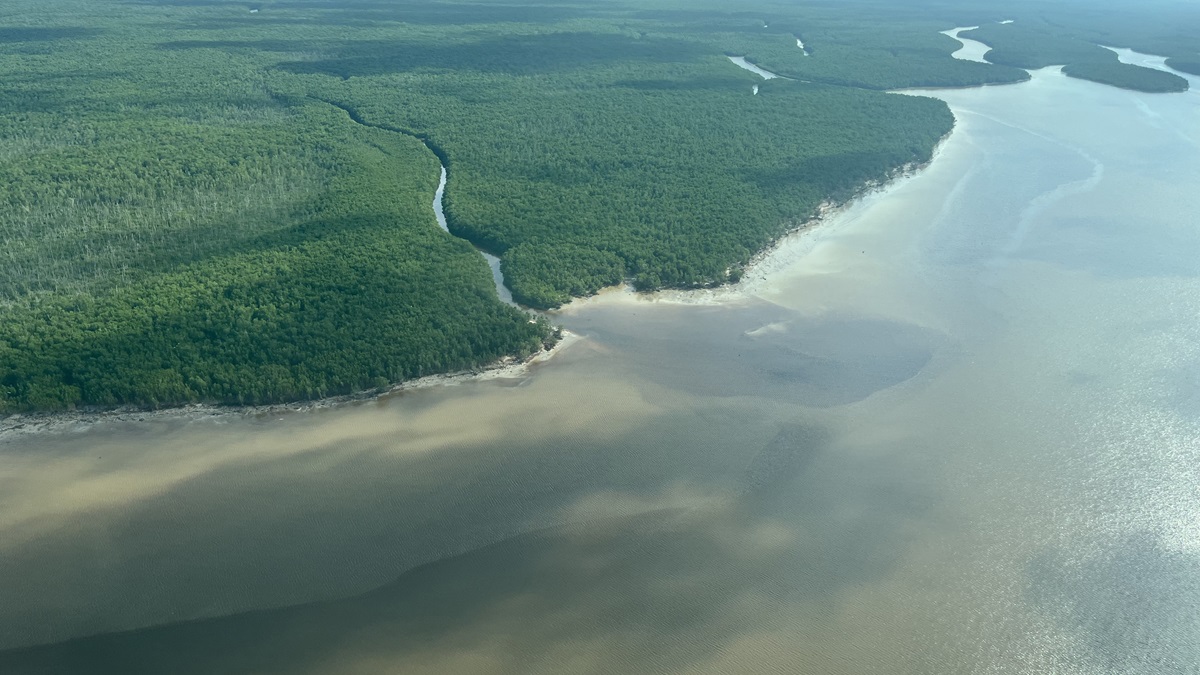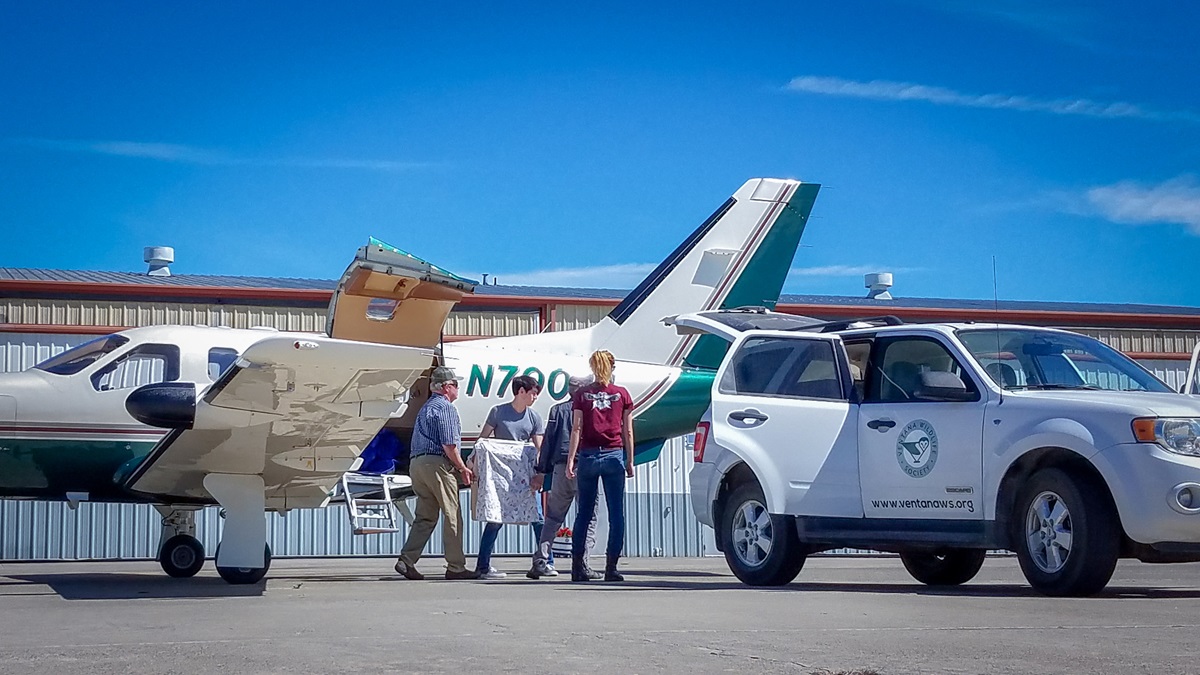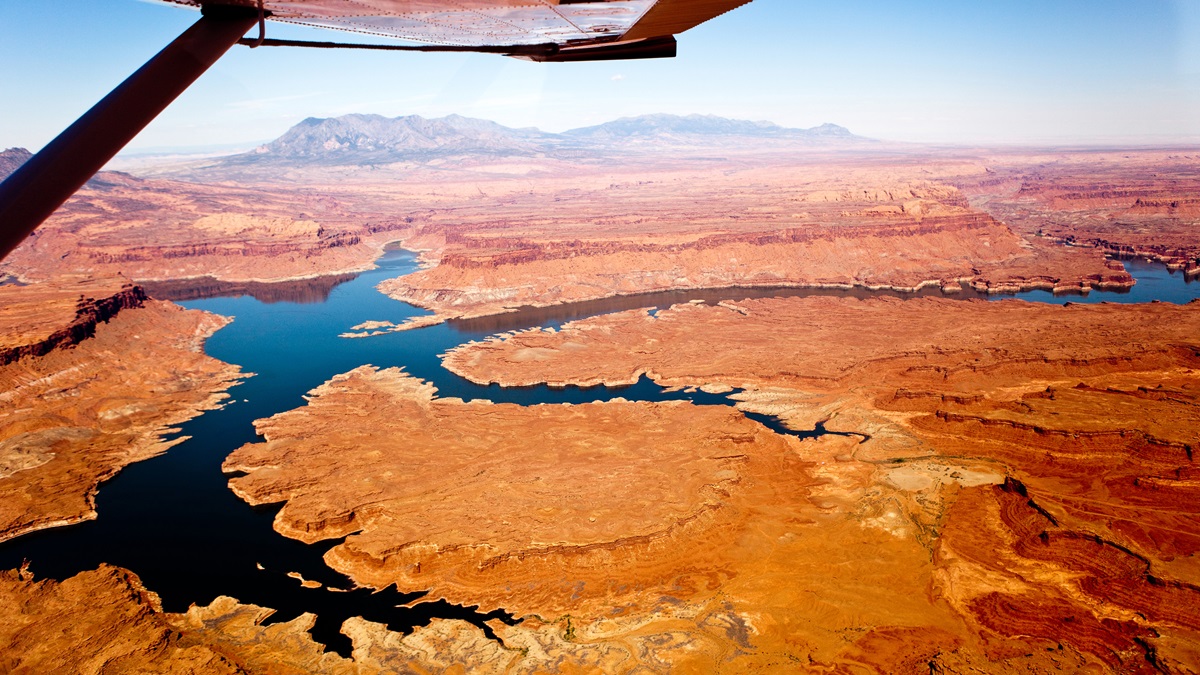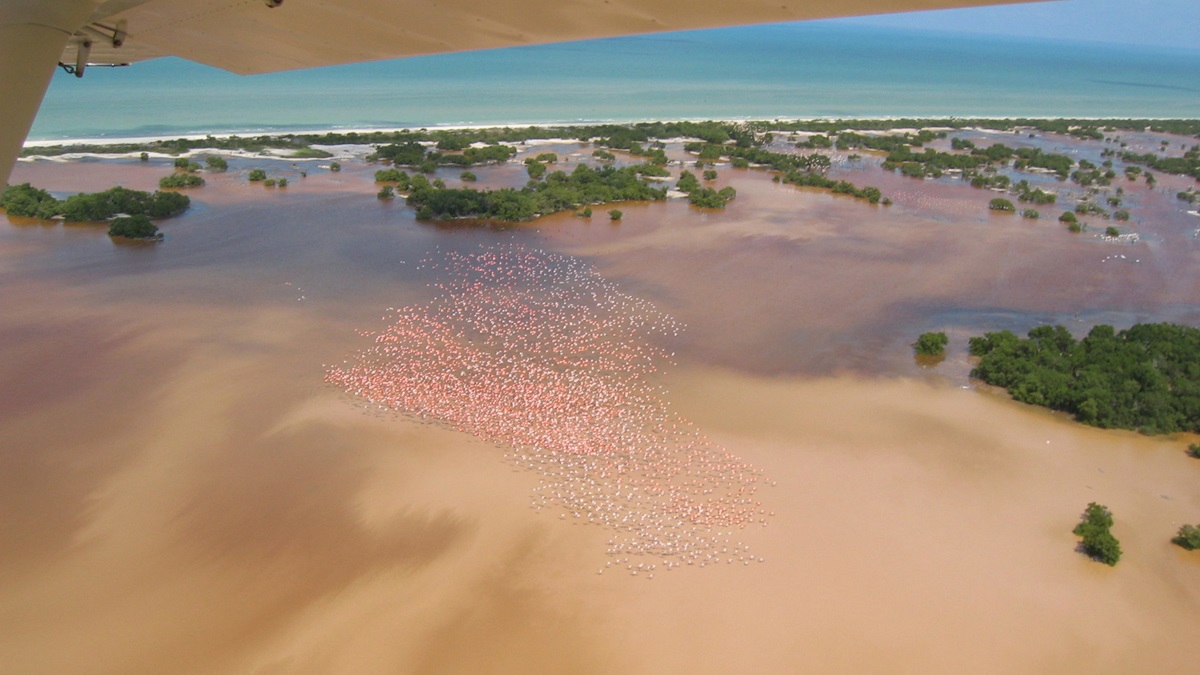Flying for our future
Leading nonprofit conservation flying organization LightHawk is helping preserve ecosystems across the United States, Canada, and Mexico with its team of volunteer pilots, aircraft, and photographers.
The organization and its some 350 volunteers have been flying conservation missions across the continent for over 40 years. Flights include surveys of areas effected by natural disasters, water supply issues, land trust holdings, and even endangered animal transport.
The two-hour survey over the coastal Everglades, Florida Bay, and southwest coastline found that mangrove forests had fared well in the storm, water basins appeared to have been flushed out, and clear water conditions were present, which LightHawk said is a great sign for the environment.
Pilot partners volunteer their time, their airplanes, and all the fuel. Aircraft range from Cessna 172s and Piper Super Cubs to the Pilatus PC–12 and PC–24. The larger turboprop aircraft are typically involved in longer, cross-country transport flights for endangered animal population restoration projects including transport of aplomado falcons, ferrets, red and Mexican wolves, and their team of handlers.
Red wolves are among the most endangered carnivores in the world and were even declared extinct in the wild in 1980. Thanks to recovery efforts supported by the U.S. Fish and Wildlife Service, there are approximately 243 red wolves in captivity, and a fewer than two dozen believed to be living in the wild.
Because there are so few of these wolves left, inbreeding threatens their long-term prospects, so LightHawk transports red wolves across the country to mingle into new populations. Mexican wolf puppies are moved in a wolf foster exchange program in which humans take pups, rather than adult wolves, from captive litters at about 8 to 12 days old and place them into wild dens with other litters to increase the population and support genetic diversity.
Wolf pup exchanges have their challenges, like coordinating two different litters with similar birth dates.
“You have a very narrow window of being able to transport them,” said Clint Burson, strategic communications manager at LightHawk. “It’s flying them across the county, loading them into a backpack, hiking into the wilderness, knowing where that den is, and getting them situated together while their parents are out hunting.” To be sure the wolf pup is accepted, the team of scientists will go into the den, remove all the pups, do bloodwork, tag them, do a health check, and then rub all of the pups with fur and other items taken from the den so they all smell the same.
Another project, which LightHawk hopes to release next summer, is a video that shows at full scale what depleting water levels in the Colorado River could mean for the surrounding population, wildlife, and farmland. The 1,450-mile-long Colorado River is so immense, it often takes an aerial view to tell the whole story.
“LightHawk enables General Aviation pilots to directly advance conservation projects across the country by flying their aircraft,” Jim Becker, LightHawk interim CEO and chair of the organization’s board of directors, said. “Often our pilots enable lawmakers, donors, journalists, and researchers to experience the powerful perspective that can only be obtained in person, in a GA aircraft at 2 –3,000 ft above the ground. LightHawk missions make things happen: lawmakers change the laws; endangered species survive; donors write large checks; the public is informed, and conservationists of all sorts are more efficient and effective.”
LightHawk is currently looking to broaden its volunteer pilot roster, especially those with larger turboprop aircraft, for its ongoing work with endangered animals. Those interested in learning more about LightHawk’s conservation work or becoming a LightHawk volunteer can do so at the website.
